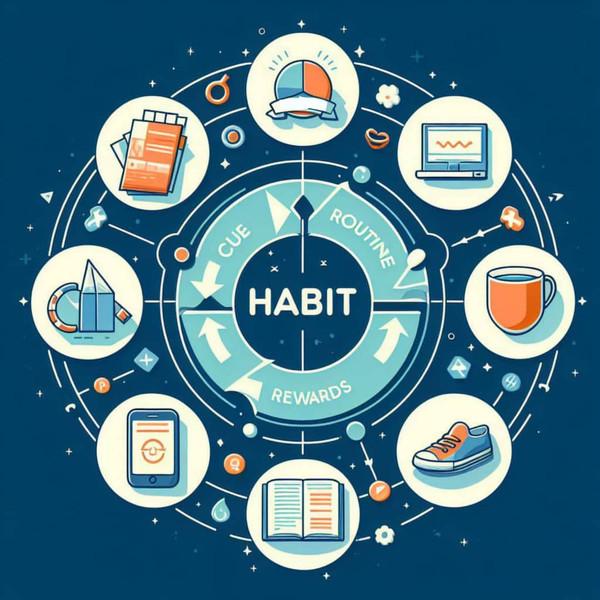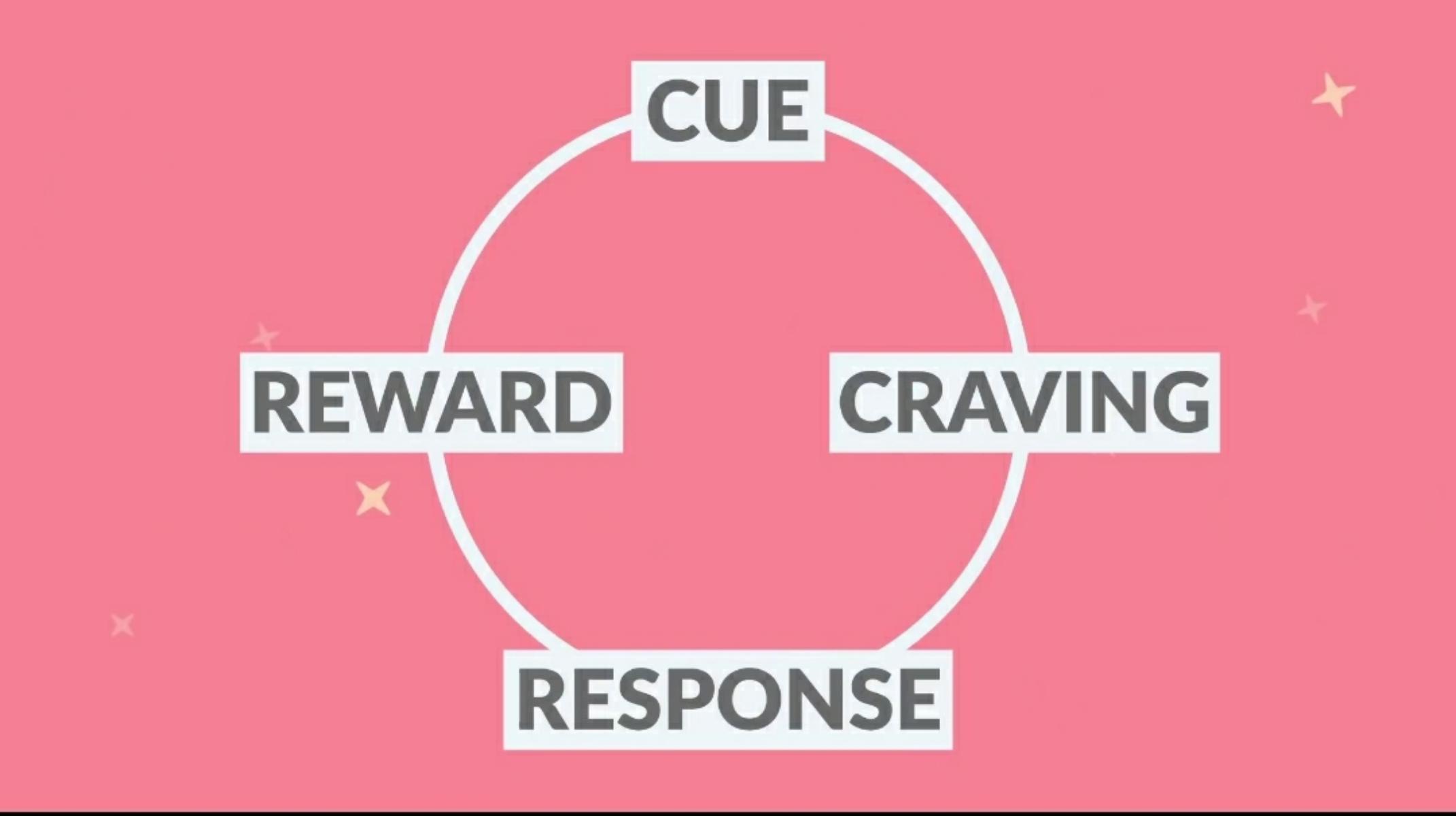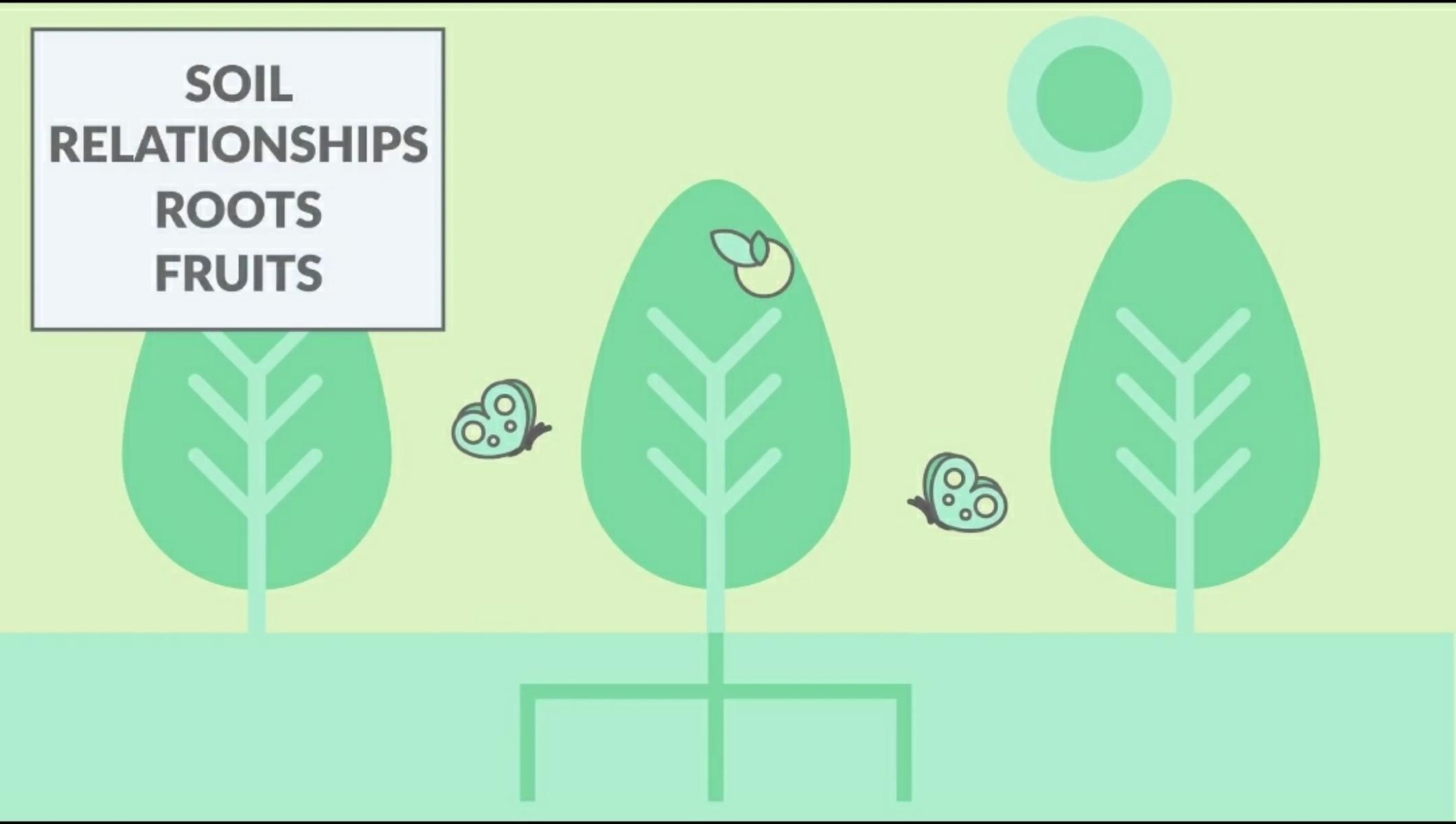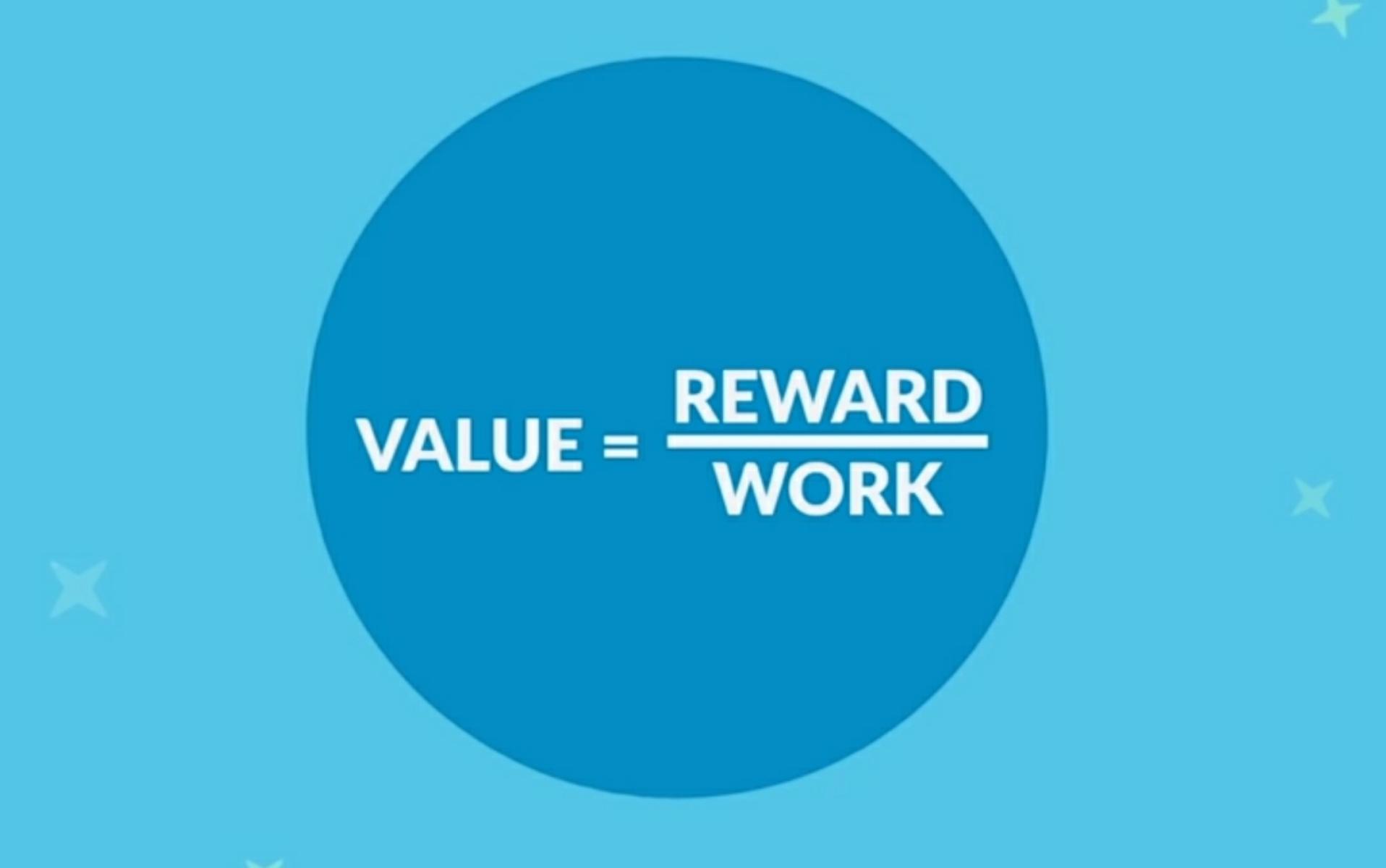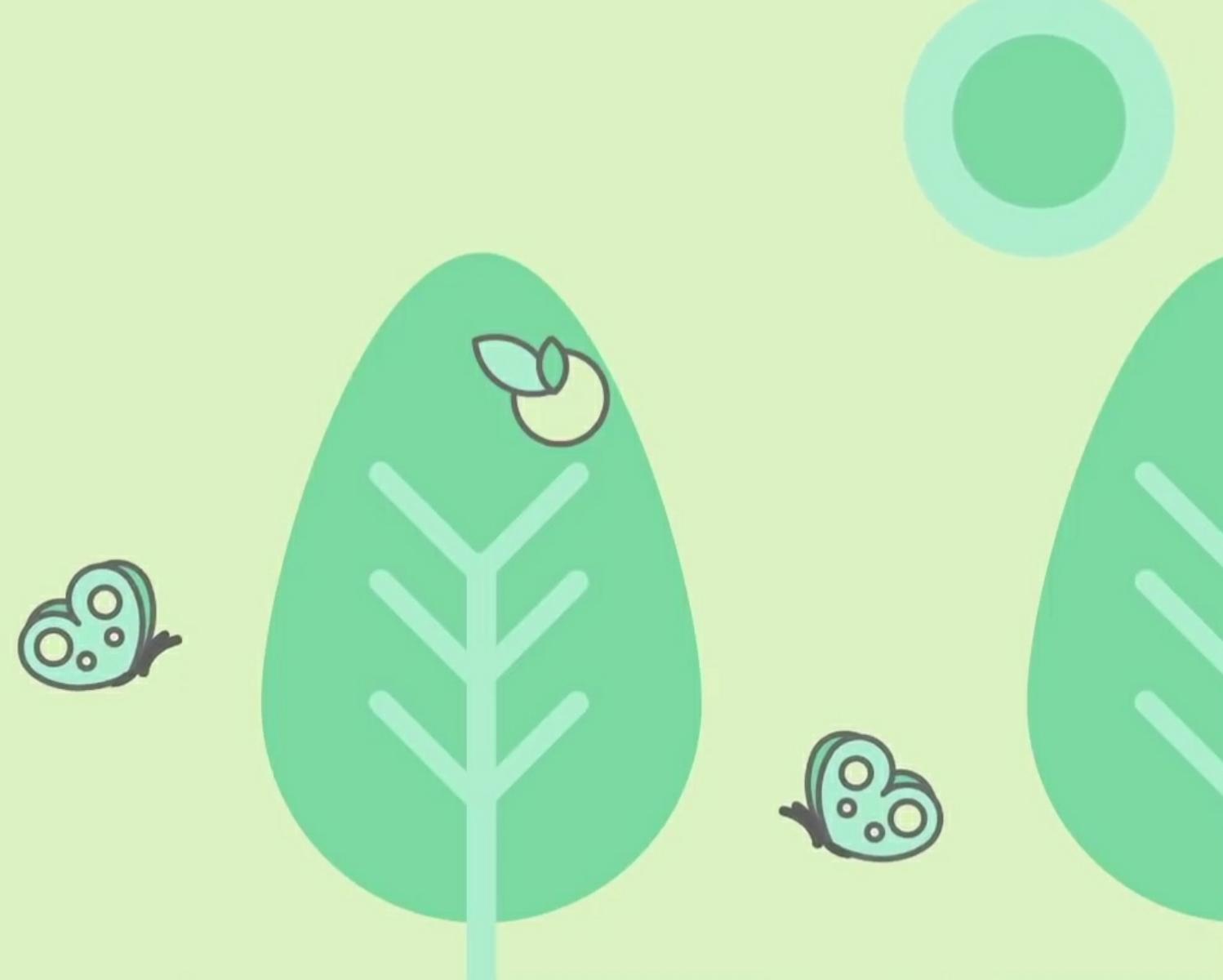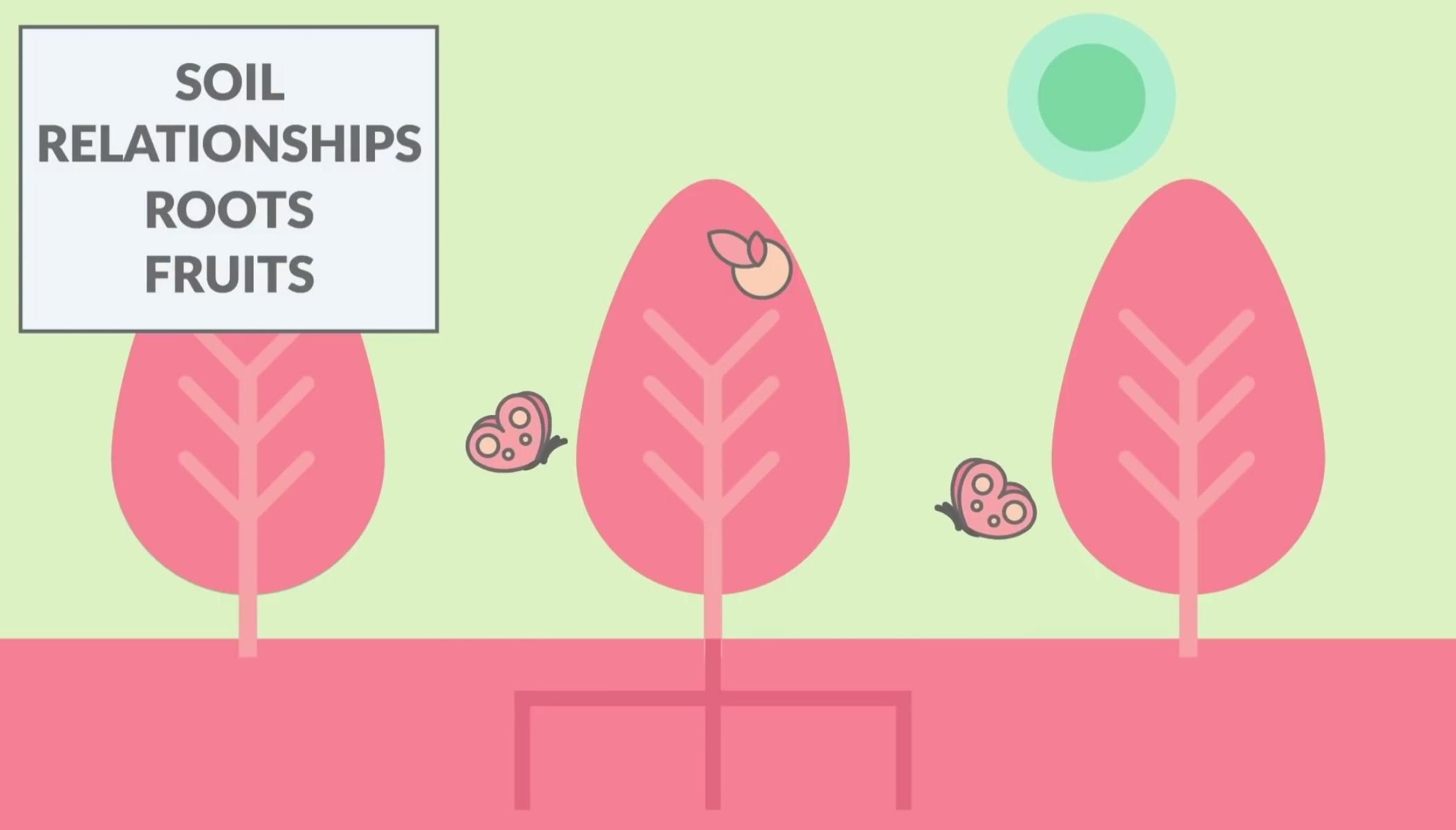How to Effectively Build Habits | Ultimate Habit Guide
Curated from: Freedom in Thought
Ideas, facts & insights covering these topics:
12 ideas
·6.71K reads
50
3
Explore the World's Best Ideas
Join today and uncover 100+ curated journeys from 50+ topics. Unlock access to our mobile app with extensive features.
The Current Model (Habit Loop)
- A cue is an external or internal trigger that signals the potential for a reward.
- Craving is a feeling that motivates you to take action, and the strength of a craving depends on how you interpret the cue.
- Craving leads to a response, and response is the actual action or habit you use to satisfy a craving.
- The reward is the thing that actually satisfies the craving, closes the loop, and encourages us to repeat the action in the future.
171
1.17K reads
The Problem with Current Model
If you adopt this model, you will perceive the world as a place of cues surrounding you, and you will focus too much on yourself. But the world is fundamentally not a place of cues surrounding you, which you can just optimize and rearrange to your liking. Rather it’s a place of relationship.
The reason anyone wants good habits in the first place is to bloom fully. But the proper blooming of a tree doesn’t occur in isolation, it depends on the forest too.
So we have to take a much wider view of the world, one where relationship is central.
150
740 reads
The Forest-Tree Relationship Model
There are 4 main components: soil, relationships, roots and fruits.
- The soil represents the opportunity available for growth. Without good soil, no forest can bloom.
- Relationships represent relationships. Without good symbiotic relationships, the tree must work much harder to survive and thrive while achieving fractional results.
- The roots represent the actions that the tree uses to discover and capitalize on opportunities in the environment.
152
715 reads
Now let me link the roots back to the other two components: Soil and Relationships
- If a tree is surrounded by bad soil, its roots take whatever paths are available out of necessity, paths they might not take if the tree was in better soil.
- If a tree is surrounded by bad relationships, such as other bigger trees blocking out the sun and taking all the water, the tree’s roots will again be forced to take whatever paths are available out of necessity.
- And at any point in time, the tree is making one of two decisions: 1️⃣Discover a new root path or 2️⃣Optimize its current ones.
146
571 reads
Optimization and Discovery
You can optimize your current actions or discover a new action using the formula of the Perceived Value of an Action,
Value = Reward/Work
- To build good habits, you have to use knowledge or technology to reduce the work and increase the reward of actions.
- To break bad habits you have to use knowledge or technology to increase the work and decrease the reward of actions.
149
545 reads
The Fruits
The fruits represent the actions that the tree uses to create new opportunities for others.
It represents the way in which the tree gives back to and helps sustain the forest which it is a part of and has depended on.
144
503 reads
Practical Questions for Reflection: The Soil Questions
- Does the forest I’m in have enough opportunities for me to fully bloom?
- Can I learn, create, or discover something new here?
149
507 reads
The Relationship Questions
- Do I have enough symbiotic relationships in this forest?
- Do I have people I can count on and people
- Who can count on me?
- Am I surrounded by people who support my growth as much as I support theirs?
- Am I surrounded by people I can learn from and people who can learn from me?
- Do the people around me celebrate my growth?
- Do I celebrate theirs?
- Do we share our fruits with one another?
- Is our growth mutually beneficial and not at the expense of one another?
155
391 reads
The Root Questions:
- Have I spent enough time exploring the opportunities in this forest?
- Can I discover new actions through trial and error?
- Can I imitate the actions of someone I admire to make the trial and error process faster?
- Is there a way I can optimize my current actions using the formula Value = Reward / Work?
- Is there certain knowledge or technology I can get to reduce the work and increase the reward of actions I want to do?
- Can I use knowledge or technology to increase the work and decrease the reward of actions I don’t want to do?
151
361 reads
The Fruits Questions
- Have I given back to the environment?
- Am I creating opportunities for others?
- Am I helping to sustain the forest I’m in?
- Am I taking care of the other organisms who take care of me?
- Am I keeping my relationships symbiotic?
155
381 reads
Some more reflective questions that are important to think about
1️⃣ The soil question: What does opportunity look and feel like to me?
2️⃣ The relationship question: What does a symbiotic relationship look and feel like to me?
3️⃣ The roots question: What does having a good root system look and feel like to me?
What does the process of building out a good root system look and feel like to me?
4️⃣ The fruits question: What does it look and feel like to produce my best fruit?
146
363 reads
The Bloom
Nothing captures the essence of a good life better than a tree flourishing.
A good life is one where we continuously grow, manifest our potential and put forth our best fruit.
Your best life is the one in which you fully bloom like a tree and all 4 of these components must come together to result in full bloom.
146
462 reads
IDEAS CURATED BY
Aaditya 's ideas are part of this journey:
Learn more about timemanagement with this collection
Identifying and eliminating unnecessary expenses
How to negotiate better deals
Understanding the importance of saving
Related collections
Similar ideas
3 ideas
Jordan Peterson with Robert Breedlove discussing fiat & bitcoin
Robert Breedlove
5 ideas
17 ideas
Read & Learn
20x Faster
without
deepstash
with
deepstash
with
deepstash
Personalized microlearning
—
100+ Learning Journeys
—
Access to 200,000+ ideas
—
Access to the mobile app
—
Unlimited idea saving
—
—
Unlimited history
—
—
Unlimited listening to ideas
—
—
Downloading & offline access
—
—
Supercharge your mind with one idea per day
Enter your email and spend 1 minute every day to learn something new.
I agree to receive email updates
